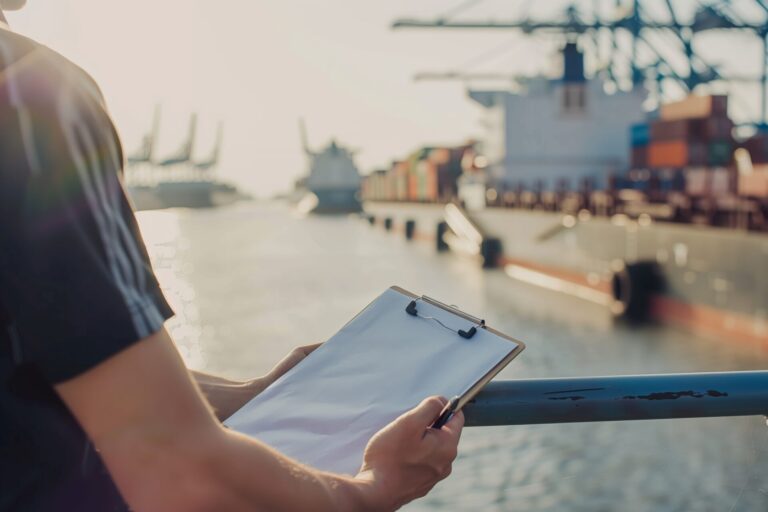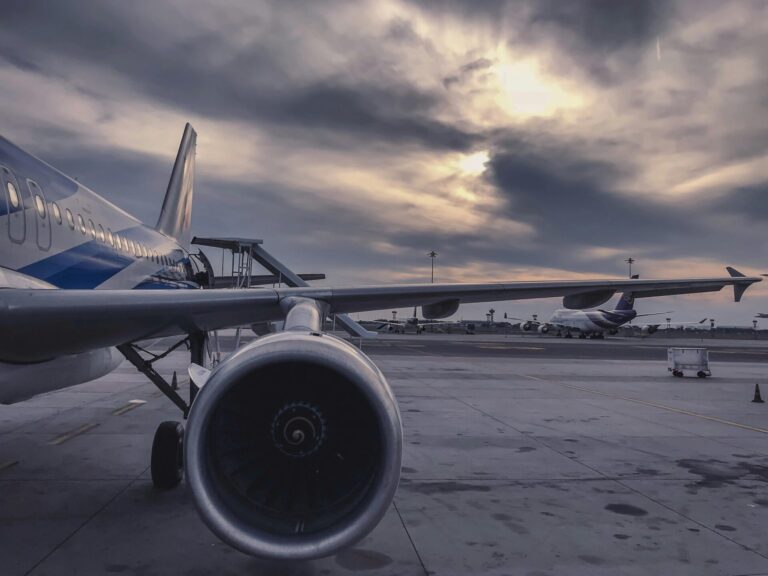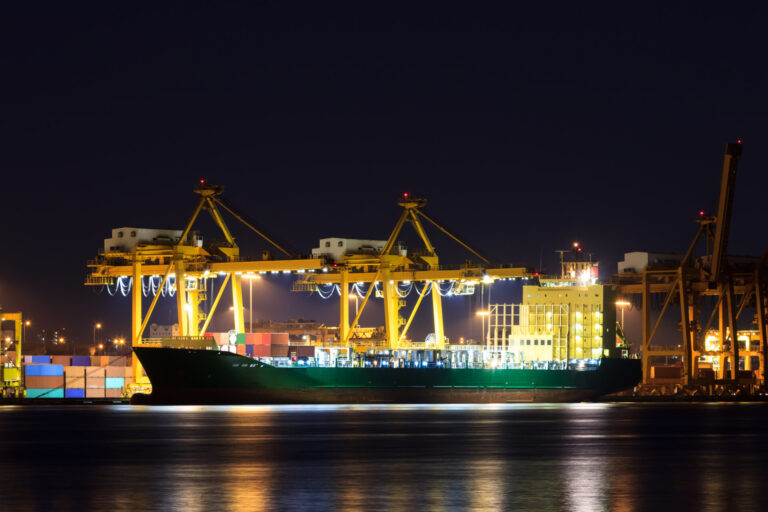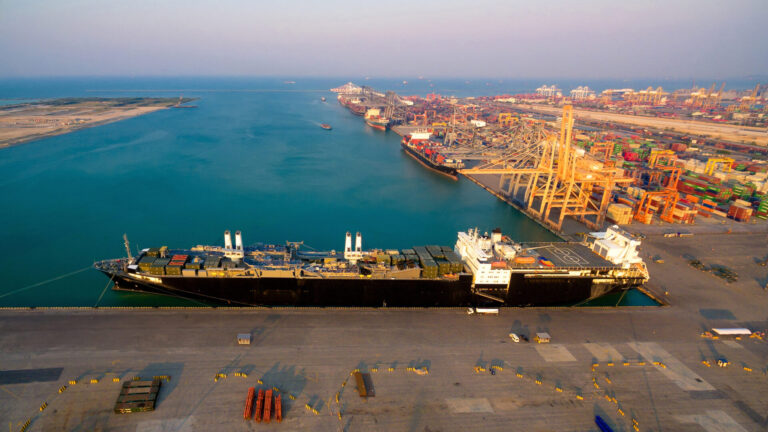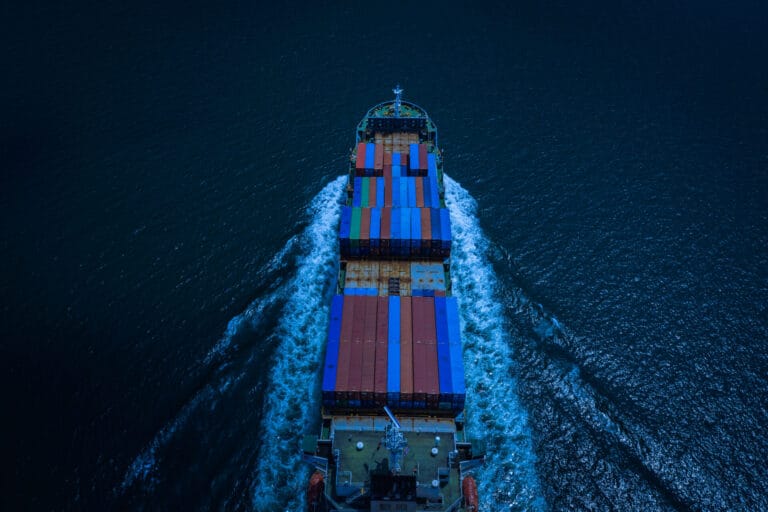2025 Ocean Freight Outlook: Five Predictions You Need to Know
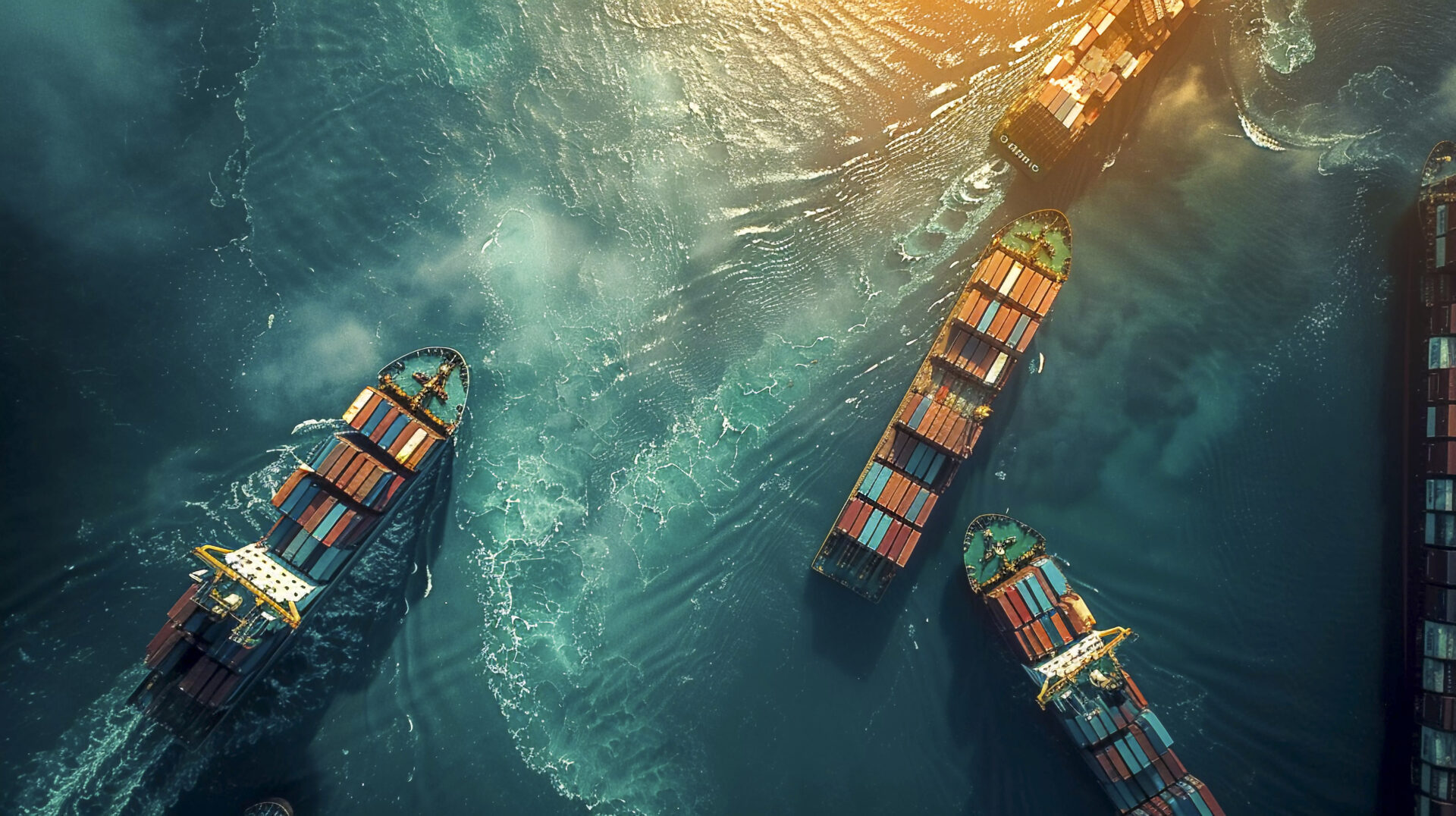
As global trade continues to evolve, ocean freight remains a critical component of international shipping. The challenges and opportunities presented in the maritime industry are constantly changing due to shifting economic conditions, technological advancements, and environmental concerns.
Looking ahead to 2025, businesses, especially in Pakistan, need to be prepared for these changes in order to make informed shipping decisions.
In this article, we will explore five key predictions for the ocean freight industry in 2025 and how these trends might shape the future of global shipping.
1. Increased Focus on Sustainability and Environmental Regulations
With growing concerns over climate change, the global shipping industry is under increasing pressure to reduce its environmental impact.
Businesses can expect more stringent environmental regulations that will affect shipping practices in 2025. The International Maritime Organization (IMO) has set ambitious targets for reducing greenhouse gas emissions from ships, including a 50% reduction by 2050.
As a result, ocean freight carriers will invest in more energy-efficient technologies and cleaner fuel alternatives, such as LNG (liquefied natural gas) and biofuels.
Companies that rely on shipping should anticipate higher costs associated with compliance, including the adoption of eco-friendly shipping practices.
However, this shift also presents opportunities for companies that are proactive in adopting sustainable logistics practices, as consumers increasingly favor businesses that focus on sustainability.
Galaxefi is positioning itself to help businesses navigate these changes by offering digital solutions for optimizing shipping routes and reducing carbon footprints.
2. Growth of Digital Freight Solutions
The digital transformation of the logistics industry will continue to accelerate in 2025. As businesses seek greater visibility, efficiency, and cost savings in their supply chains, the use of digital platforms for managing ocean freight will become more widespread.
These platforms, such as Galaxefi, leverage artificial intelligence, real-time tracking, and data analytics to provide a comprehensive view of the shipping process.
Expect an increase in the use of automated freight booking systems, predictive analytics for demand forecasting, and digital documents to replace traditional paperwork.
This digital shift will streamline processes, reduce human error, and increase transparency for businesses and consumers alike.
By adopting digital freight solutions, Pakistani businesses can simplify the shipping process, improve decision-making, and stay competitive in a rapidly evolving global market.
3. Continued Port Congestion and Delays
Port congestion is expected to remain a major issue in 2025. While there have been efforts to improve port infrastructure and expand capacity, bottlenecks and delays at key ports worldwide are likely to continue.
The aftermath of the COVID-19 pandemic, ongoing labor shortages, and global supply chain disruptions have highlighted the vulnerabilities in port operations.
In 2025, businesses should prepare for potential delays and longer shipping lead times. To mitigate these risks, they consider diversifying their shipping routes, working with multiple ports, or leveraging technology to monitor port congestion in real-time.
Platforms like Galaxefi can assist businesses in managing these challenges by providing up-to-date information on port conditions and helping them identify the most efficient routes to minimize delays.
4. Rising Demand for Containerized Shipping
Containerized shipping, which involves shipping goods in standardized containers, will continue to dominate global trade in 2025.
Containerized shipping provides efficiency and security, making it a popular choice for businesses of all sizes, especially those involved in large-scale international trade.
With the growing trend of e-commerce and global supply chains, the demand for containerized shipping is expected to rise. Businesses in Pakistan, particularly exporters, will find containerized shipping an essential option for reaching international markets.
However, as demand grows, container shortages and fluctuating shipping rates may become more common. In response, ocean carriers will likely expand their fleets and invest in modern container designs to meet the growing demand for containerized shipping.
5. Advancements in Automation and Robotics in Shipping
The ocean freight industry is increasingly embracing automation and robotics to improve efficiency and reduce costs.
More ports are expected to implement automated cranes, autonomous vessels, and robotics by 2025 to streamline cargo handling, reduce labor costs, and improve operational efficiency.
For example, automated container terminals and uncrewed vessels could become more common, reducing the need for human intervention and speeding up the loading and unloading processes.
Additionally, the rise of smart ships equipped with sensors and AI technology will help optimize fuel consumption, reduce emissions, and enhance safety.
While these advancements will bring greater efficiency, they may also lead to job displacement and require businesses to invest in new technologies to stay ahead of the curve.
Companies in Pakistan should consider how automation will affect their supply chains and explore ways to integrate these innovations into their logistics processes.
Conclusion
Looking ahead to 2025, the ocean freight industry will face significant changes driven by sustainability efforts, technological innovation, and evolving global trade dynamics.
Businesses in Pakistan need to stay informed about these changes to remain competitive and efficient in their shipping operations.
Businesses can position themselves for success in the evolving global trade landscape by embracing digital freight solutions, understanding the impact of environmental regulations, and preparing for challenges like port congestion.
Platforms like Galaxefi will continue to be key in simplifying the logistics process, providing real-time insights, and helping businesses navigate the complexities of international shipping.
Monitor these trends and prepare for the changes coming in the world of ocean freight to stay ahead of the curve.

